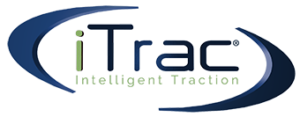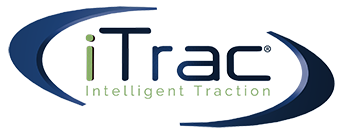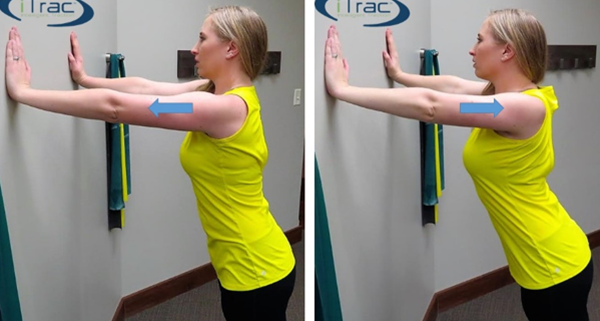Exercises and iTrac: A Perfect Active and Passive Therapy Combination
This is the fifth blog in the “Take the Lead: Tech Neck to Perfect Posture” series focusing on engaging and challenging doctors around the world to Take the Lead in their communities to begin changing people’s lives by integrating cervical curve remodeling and posture correction into their existing treatment protocols.
You’re probably familiar with the research showing that for every inch the head moves forward from its ideal position, directly over the shoulders, it can increase the weight of the head on the spine by an additional 10 pounds. More weight means more stress on the muscles of the neck and upper back which means chronic symptoms are likely to develop in these patients. Our daily work and lifestyle activities contribute to this more now than ever before so it is no wonder why many of us experience some level of pain on a daily basis.
Correcting and maintaining good posture is not easy, but with advanced iTrac® Cervical Curve Remodeling System technology and some simple lifestyle changes, it is possible. This blog will focus on the changes your patients can make on their own to help improve posture muscle strength. First, create awareness of the problem and encourage patients to make a conscious effort to correct their poor postural habits throughout the day. Siting up straight and standing up straight will decrease the physical stress on the joints, vessels, nerves, and supportive tissues of their body.
Exercises, stretches, and proprioceptive re-education can be significantly beneficial in regaining and maintaining healthy posture. Movement throughout the day helps the body reset itself into a healthy posture, so encourage patients to make a point to get up from their desk at least twice an hour to walk and stretch.
Provide patients with a prescription to incorporate all or a combination of the following exercises and stretches to strengthen and stretch the neck, upper back, and shoulders. Adding these into their daily routine in addition to following the iTrac® Therapy protocol will help correct abnormal posture and movement.
1. Band Pull-Apart (scapular/rotator cuff stabilization) | 3 sets of 12-15
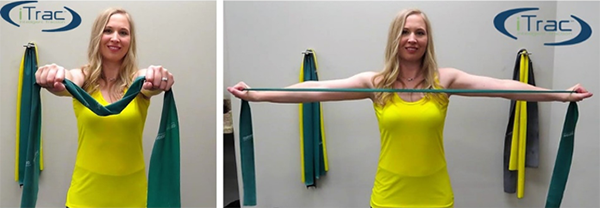
2. Push Up Plus (serratus anterior strengthening) | 3 sets of 12-15
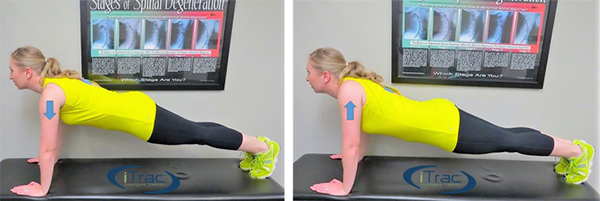
OR
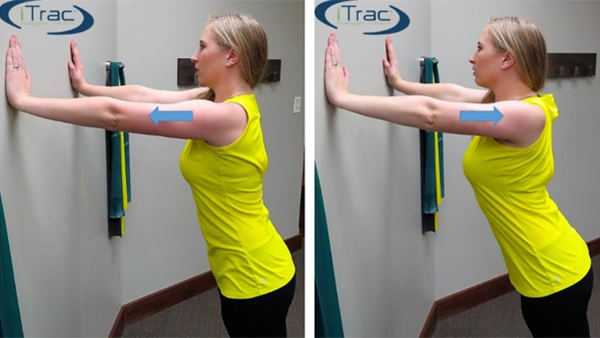
3. Door Frame Stretch and Reverse Door Frame Stretch (pectorals and latissimus dorsi) | 5 sets of 30-45 seconds each
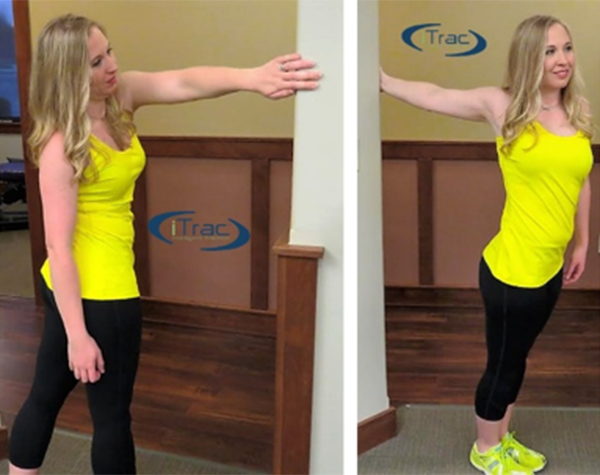
4. Cervical Retractions (strengthening deep neck flexors) | 3 sets of 12-15
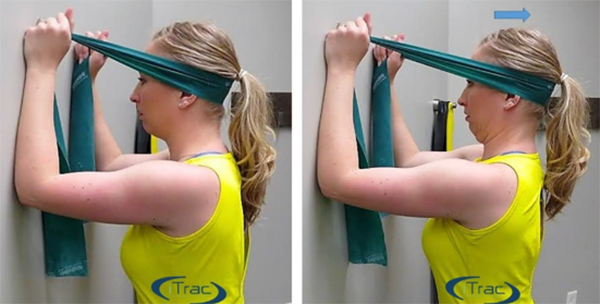
5. Cervical Extensions (splenius capitis) | 3 sets of 12-15
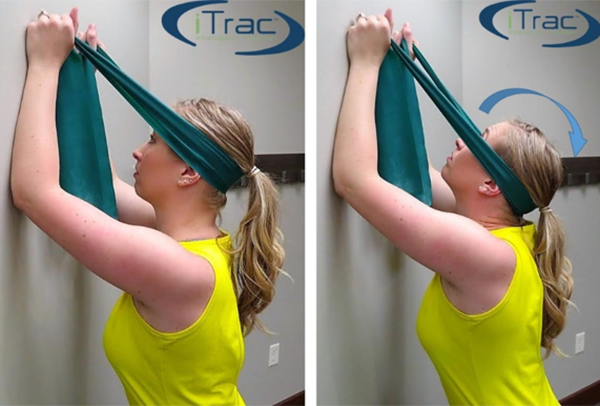
6. Shoulder Row (biceps, trapezius, rhomboids and latissimus dorsi) | 3 sets of 12-15
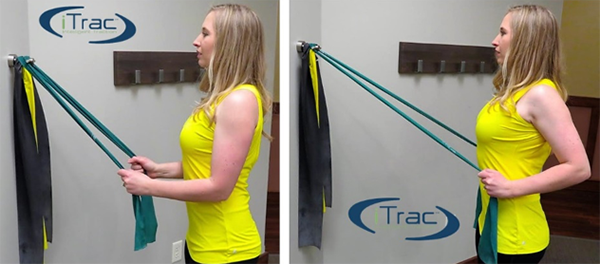
7. Shoulder Abduction (deltoid, supraspinatus, subscapularis and biceps brachii) | 3 sets of 12-15
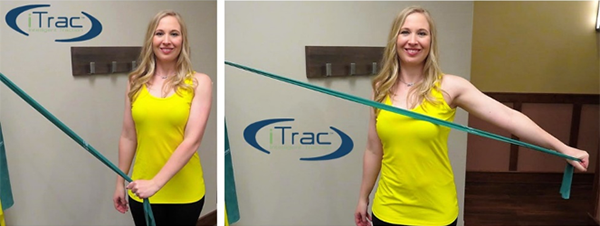
8. External Rotation (infraspinatus and teres minor) | 3 sets of 12-15
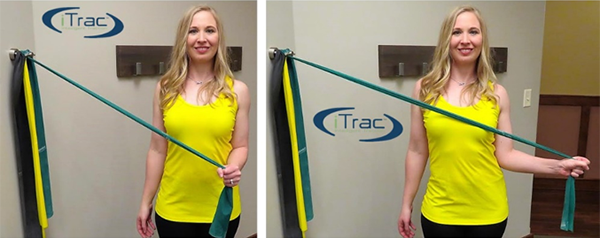
By retraining your body with exercises and stretches and using iTrac® Therapy to restore the cervical curve and reduce forward head posture (FHP), improved alignment (posture) of the spine will occur. Furthermore, it creates physical stability in the body as it adapts to the new spinal configuration. Long-lasting symptomatic relief produces happier patients by maintaining structural changes in their spine.
Original article can be found here.
